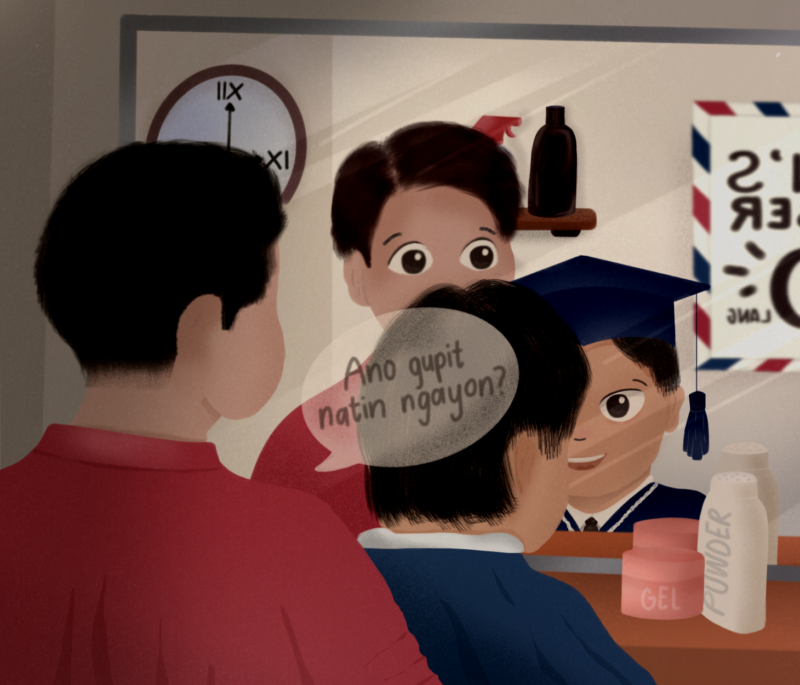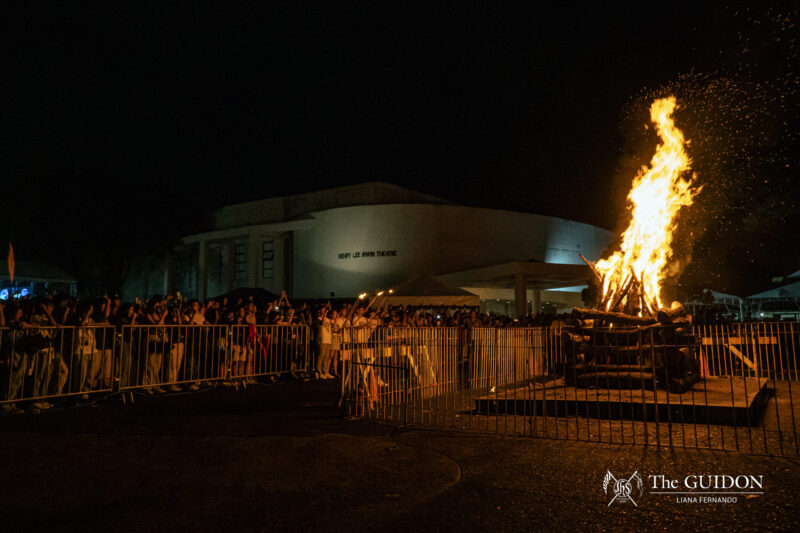ON AUGUST 3, 2017, President Rodrigo Duterte signed the Universal Access to Quality Tertiary Education Act or Republic Act 10931 (RA 10931), a law that would provide free tuition for students in 112 state universities and colleges (SUC), 78 accredited local universities and colleges (LUC), and all technical-vocational education and training programs registered under the Technical Education and Skills Development Authority (TESDA). Under this law, the state will cover tuition for all classes within a semester along with miscellaneous and other school fees. Furthermore, it will create affirmative action programs, subsidies, and loan programs for students.
In 2018, the law faced many problems in its implementation, such as a decrease in benefits covered by Student Financial Assistant programs and the lack of budgetary policies. Republic Act 10931 remains as CHED’s most important mandate, aiming to remove the barrier of education for the youth and to foster better careers and skills for teachers. However, the goal of redefining Philippine education goes beyond tackling access problems. It also demands that policymakers treat education’s challenges as those from a complex system in order for this law, and all succeeding endeavors, to further education.
Policy versus reality
One of the most persistent barriers for Filipinos to attain education is the high cost of enrollment—exclusive of miscellaneous fees. While RA 10931 eases the financial burden with free tuition and subsidies for other school fees such as library and laboratory fees, other hidden costs such as housing, commute, and meals still prove to be an impediment for the majority of Filipinos.
A paper presented by Roberto de Vera and Jennifer Tan in the 11th National Convention on Statistics in 2010 showed that the average yearly cost of a public high school student who studies in Metro Manila was Php 4,560 in 2015. This amount does not account for emergencies such as family members falling ill, inciting that the cost of education is more than just tuition.
Prompted by the extravagant costs for education, Ateneo de Manila University Associate Dean for Graduate Programs Anne Lan K. Candelaria said, “In fact, it is a problem of inequity. The gap between the rich and the poor.” She explained that the perspective of RA 10931 assumes equality between Filipinos wherein “everyone has the same [financial] starting point.”
State universities require students to pass their entrance exams as the minimum requirement. With public schools’ lack of teachers, facilities, and high dropout rates of two hundred to four hundred thousand, students who attended private schools have a substantial advantage in these tests. Furthermore, the new K-12 system—formally institutionalized through the Basic Education Act of 2013—imposes an additional two years of high school that most public school teachers, whose arrangement is to teach basic subjects but not higher subjects, are unequipped to teach. “It’s more than just simply giving free education: It’s also about the idea of what is fair,” Candelaria said.
Candelaria traces this problem of mismatched targets back to the policymakers. “Politicians kasi they’re not trained formally in policymaking,” she explains. “Policy making is obstructed by politics with every administration redesigning the system, undoing the work of the previous administration.” For example, the K-12 system undoes years of work with regards to the old curriculum while also demanding more facilities and teachers. “It’s very toxic. So parang every time there’s a change of leadership, the tendency is to totally destroy the previous administration—which is not helping the country,” Candelaria added.
Tackling a complex system
While RA 10931 aims to improve all aspects of education, it appears to be a solution only for surface level problems. Candelaria argues that proper investment in basic education should be the government’s primary focus as it affects more Filipinos rather than in tertiary education, which only the privileged few can attend.
She elaborates on two primary avenues for improving the current state of our education: Teachers and infrastructure. Investing in infrastructure may address the influx of students brought about by the new K-12 curriculum. Likewise, an increase in educators’ salaries incentivizes more individuals to work at public schools and encourages current instructors to increase overall productivity. Though their salaries are expected to increase under the Salary Standardization Law, the lack of teachers’ welfare remains a central issue in Philippine education. Better living and working conditions unburden some tasks and help retain educators—which the Philippines unfortunately lacks.
Secondly, Candelaria advocated for connecting education to industry. Connecting to the industry allows students to be more engaged with education by exposing them to potential employers in fields of their interests. “Part of the infrastructure that’s necessary to really improve the quality is that we improve our relationships as well on the ground—with the community,” she said. Projects such as Brigada Eskwela achieve this goal by connecting alumni, civic groups, local businesses, non-government organizations, teachers, students, and individuals through volunteer work in repairing elementary and secondary public schools.
The new K-12 system restructures senior high school to emphasize this relationship with industry partners. “Students are prepared to move to college, and then you have a cohort that’s prepared to move to the industries,” Candelaria explained, emphasizing how beneficial it is for both students and the industries to establish a good relationship early on. “We have to look at education [as] a system that’s connected,” she added.
A fight for Filipino education
Currently, CHED is increasing the number of schools covered under RA 10931. However, Candelaria encourages policymakers to take on a more holistic view towards education. She emphasized that education should be a learning experience consistent for all students by being grounded in an efficient and fair system. “The government should think of education that way: That the journey for a Filipino student should be seamless,” she said.
Only by producing students who are able to think critically can Philippine society be reenvisioned. “It’s about time that we really discuss what matters to us as a nation and chart our own path. If this is the kind of nation we want to be, if this is the kind of society we want to produce—the next generation—then we do it,” Candelaria stressed. However, until more reformations are made to the education sector, RA 10931 remains beyond arm’s length from providing consistent quality education to all Filipinos.




